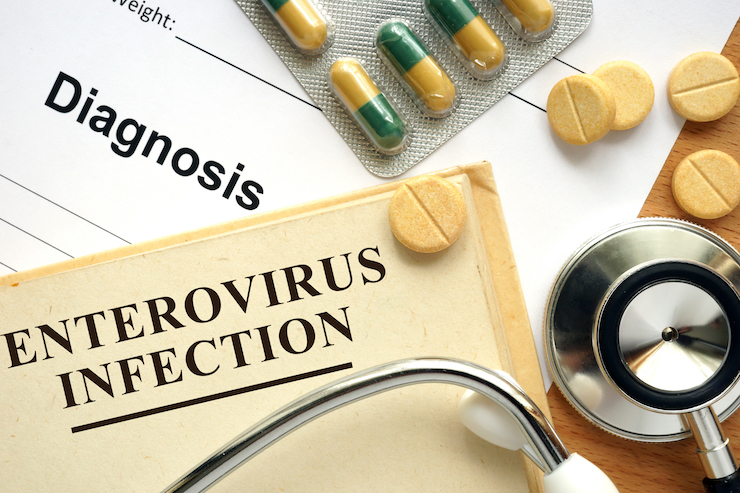Study found vaccine strain polio viruses in the sewerage system in Switzerland. 20 out of 174 waste water samples contained 62 isolates of polio. Three quarters of the strains found had mutated into a virulant type capable of infecting others, despite the fact it originated from IPV which is killed. Instead of stopping the programme, scientists recommend vaccinating everyone so that they don’t get polio from the water.
Abstract
From 2001 to 2004, Switzerland switched from routine vaccination with oral polio vaccine (OPV) to inactivated polio vaccine (IPV), using both vaccines in the intervening period. Since IPV is less effective at inducing mucosal immunity than OPV, this change might allow imported poliovirus to circulate undetected more easily in an increasingly IPV-immunized population. Environmental monitoring is a recognized tool for identifying polioviruses in a community. To look for evidence of poliovirus circulation following cessation of OPV use, two sewage treatment plants located in the Zurich area were sampled from 2004 to 2006. Following virus isolation using either RD or L20B cells, enteroviruses and polioviruses were identified by reverse transcription-PCR. A total of 20 out of 174 wastewater samples were positive for 62 Sabin-like isolates. One isolate from each poliovirus-positive sample was analyzed in more detail. Sequencing the complete viral protein 1 (VP1) capsid coding region, as well as intratypic differentiation (ITD), identified 3 Sabin type 1, 13 Sabin type 2, and 4 Sabin type 3 strains. One serotype 1 strain showed a discordant result in the ITD. Three-quarters of the strains showed mutations within the 5′ untranslated region and VP1, known to be associated with reversion to virulence. Moreover, three strains showed heterotypic recombination (S2/S1 and S3/S2/S3). The low number of synonymous mutations and the partial temperature sensitivity are not consistent with extended circulation of these Sabin virus strains. Nevertheless, the continuous introduction of polioviruses into the community emphasizes the necessity for uninterrupted child vaccination to maintain high herd immunity.
Source: Appl Environ Microbiol. 2008 Sep;74(18):5608-14. doi: 10.1128/AEM.02764-07. Epub 2008 Jul 18.


